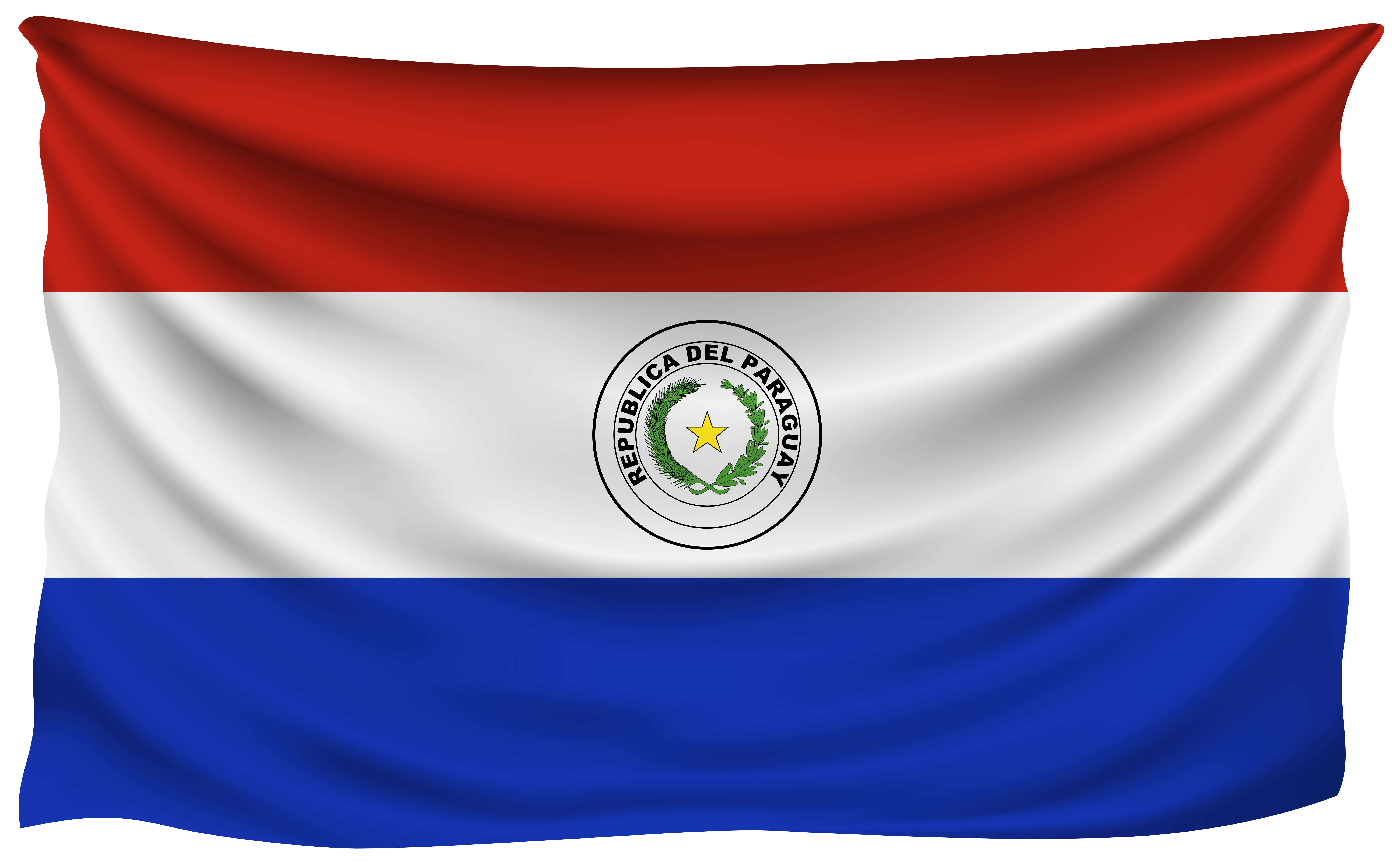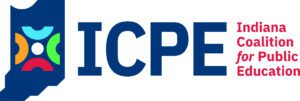by Prof. Marcelo Echague Pastore | Fulbright Scholar-in-Residence 2023-2024 | Department of Economics – Indiana State University
Located roughly in the heart of South America, this small landlocked developing economy has been historically characterized by turbulent political contexts that rarely gave room to any long-lasting socioeconomic development policies. In fact, only two (missed) opportunities for “take-off” can be accounted since the country’s independence from Spain in 1811.
The first one took place in the mid-1850s under the stable rule of Carlos Antonio Lopez, considered to be the nation’s first constitutional President, who decided to open the country to foreign trade by boosting exports, importing new technologies, sending public officials abroad for training and hiring foreign experts to attempt an Industrial Revolution process in Paraguay. Its initial success, however, was abruptly interrupted by the Triple Alliance War (1864-1870), which ended up devastating the economy and decimating its population.
A second opportunity can be traced back to more recent times, during General Alfredo Stroessner’s dictatorial regime (1954-1989). Namely, a colossal infrastructure project offered by the Brazilian military junta to build the most powerful (binational) dam in the world would imply the highest economic growth rates ever recorded for Paraguay till then, with annual figures averaging 9.7% during its construction period (1974-1981). Such “take-off” would drastically come to an end just after the completion of the project and in consonance with a general fall of international commodity prices.
Despite having faced (and missed) two concrete opportunities in the past, Paraguay is now in the midst of a third -and perhaps even more promising- chance to attain long-term growth and socioeconomic development. Starting in 2003, the country has been able to achieve not only a relative political steadiness derived from a consolidating democratic process, but also a substantial macroeconomic soundness resulting from deep structural (mainly monetary and fiscal) reforms.
These solid conditions would then act as main pillars for most of the economic and social gains obtained in the last couple of decades, such as: an average growth rate of 3.7% per year, an annual inflation of 5.4%, a poverty rate dropping by half, or even inequality getting reduced quite significantly (the Gini coefficient for Paraguay [0.45] is now even lower than the United States [0.47]).
Despite their importance in this development quest, political and macroeconomic stability are just necessary conditions after all -yet not sufficient. As a matter of fact, a large number of non-minor risks and challenges still persist in a variety of fields, and would need to be seriously addressed before they end up hampering the promising path experienced so far.
Aspects such as an endemic corruption and low government credibility (Paraguay ranks #137 out of 180 nations according to Transparency International’s Corruption Perception Index), which in turns translates into weak institutions, deficient law enforcement, inefficient public entities and unclear property rights, imply that a significant reform of the judiciary system and civil service need to take place sooner than later. Moreover, public policies should be constructed on the base of transparency and social consensus, in order to soften resistance and improve the government’s credibility.
In terms of national security, the sharp rise of organized crime across the region in recent years, mainly due to drugs and arms trafficking, has increased the risk that Paraguay might eventually become a “failed” or “narco” state. A long-term, holistic and transnational strategy based on alliances and international cooperation should be prioritized to effectively combat druglords, cartels and guerrillas, while strengthening public safety both in urban and rural areas.
In terms of infrastructure, the country has a huge deficit estimated in $36 billion, hence almost equivalent to its Gross Domestic Product. The government must then sustain higher rates of physical investment to effectively reduce such gap over time. If public resources are not enough and debt approaches a dangerous ceiling, then other alternatives such as Public-Private Partnerships will need to be envisioned to cope with the matter.
Regarding Paraguay’s production matrix, the country is still heavily reliant on a volatile primary sector, suggesting that a larger -and deeper- diversification into more labor-intensive industrial products and services is then necessary. In fact, the government needs to establish a clear industrial policy that can lead such transformation, while supported by an ambitious foreign strategy that helps in gaining new markets, foreign investments and technology transfers.
Last but not least, there cannot be sustained growth and development without human capital. Paraguay’s education has actually proven to be dismal (it ranked #80 out of 81 countries during the last PISA tests undertaken by OECD) and hence require a profound reform in order to secure higher productivity levels over time, add more value into Paraguayan products and mitigate the country’s risk to fall in the so-called “middle-income trap”.




